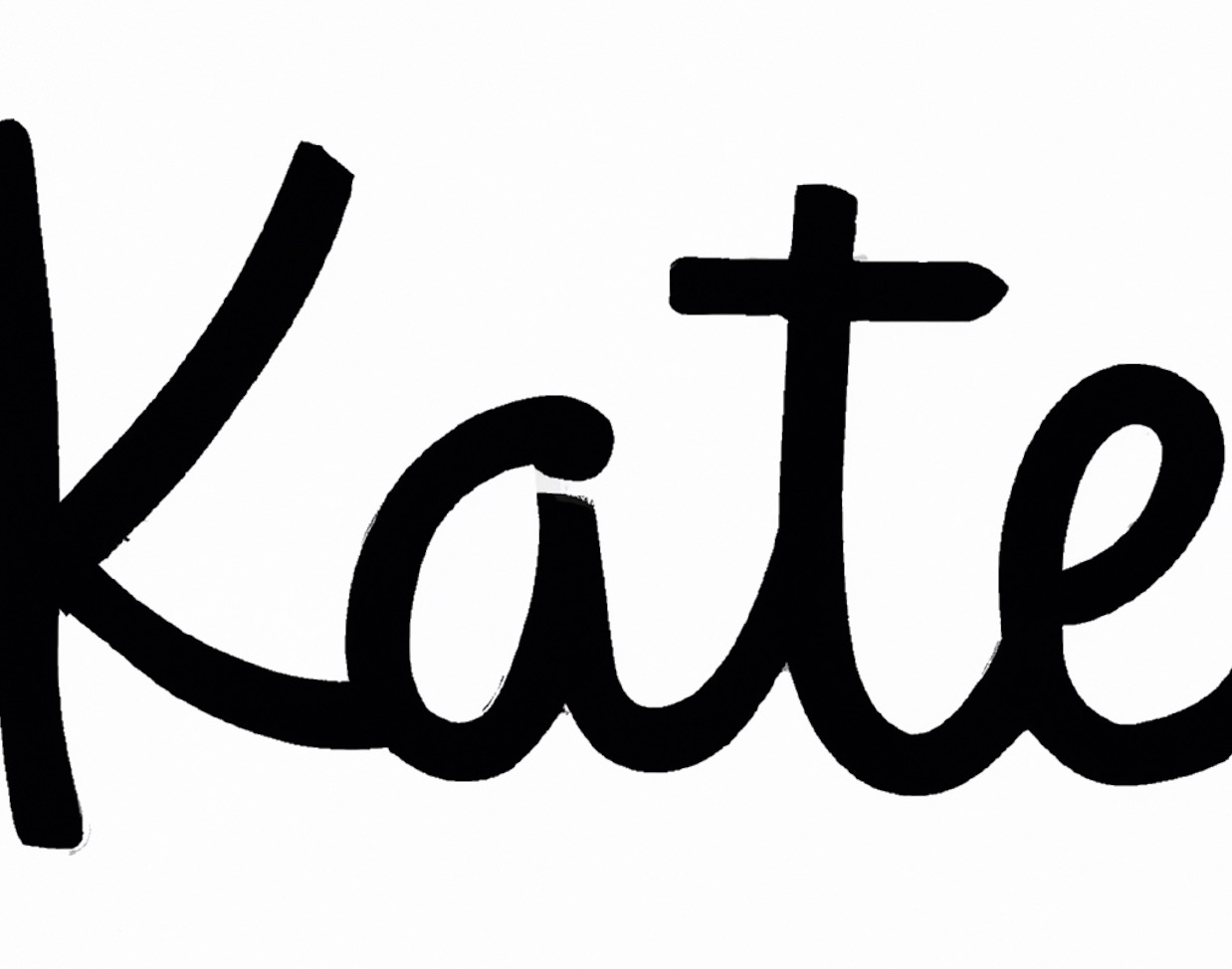Ergonomics in Graphic Design is a field of study that focuses on how people interact with the environment. It examines both physical and psychological aspects of design, with the aim of creating user-friendly and comfortable experiences for the user. Ergonomics helps to ensure that design is tailored to meet the needs and preferences of the user, making it more enjoyable and easier to use.
Physical Ergonomics looks at how people interact with physical objects within the environment. This includes factors such as furniture layout, lighting, colour scheme and other environmental features.
It also considers how certain materials may affect users’ comfort levels such as if they are too cold or too hot. Physical ergonomics looks at how interactions between people and the environment can be improved to make it easier for them to complete tasks or simply enjoy their surroundings.
Psychological Ergonomics looks at how a person’s psychological state affects their behaviour in a certain environment. This includes factors such as stress levels, cognitive load, motivation levels, decision making and problem solving abilities. Psychological ergonomics helps designers to create experiences that are tailored specifically for different types of users based on their individual needs.
Usability Engineering is an important part of ergonomics in Graphic Design as it focuses on ensuring that design elements are intuitive and easy to use for all users. Usability engineering looks at both form and function when evaluating designs – this means looking at not only how something looks but also how it works from a functional point of view.
Ergonomics in Graphic Design aims to create user-friendly experiences by understanding both physical and psychological aspects of design, as well as usability engineering principles. Through this process, designers can create enjoyable experiences that meet the needs and preferences of all types of users.
Conclusion: What Is Ergonomics in Graphic Design? Ergonomics in Graphic Design is a field of study that focuses on how people interact with their environment in order to create user-friendly experiences.
It takes into account physical factors such as furniture layout and lighting, as well as psychological factors such as stress levels and motivation levels. Usability engineering is an important part in ergonomic design which ensures that designs are intuitive for all users. Ultimately, ergonomic design allows designers to tailor experiences according to individual needs for maximum usability.
10 Related Question Answers Found
Graphic design is an important component of any business’s marketing strategy. Not only does it help to draw customers in and make them more likely to purchase a product or service, but it also helps to establish brand recognition and loyalty. Graphic design helps businesses communicate their message effectively and efficiently, and when done correctly, it can have a significant impact on the bottom line.
Graphic design is a creative practice that combines art and technology to communicate ideas. Graphic designers use a variety of tools such as typography, visual arts, and page layout techniques to create visually appealing designs. From logos and posters to websites and user interfaces, graphic design can be seen everywhere in our modern world.
Simplification in graphic design is a concept of creating visual designs that are as simple and efficient as possible. It is usually applied to a product or service, but can also be used to create a visual design for a website, advertisement, print material, or any other type of media. The goal of simplification is to create something that is easy to understand and navigate, while still conveying the desired message or emotion.
Visual impact in graphic design is an important concept that can have a major influence on the success of an image or project. It refers to the ability of a design to capture and hold a viewer’s attention. Visual impact can be determined by the use of color, line, shape, texture, and other elements of design that create the overall look and feel of a piece.
Graphic design is more than just a way to make things look nice; it is an essential part of the modern world. From logos to websites, graphic design affects society in many ways. It helps us communicate, express ourselves, and influence the way we perceive the world around us.
Environmental design in graphic design is the creation of visual materials that are used to communicate messages and ideas. This type of design has been used for centuries, but modern technology has made it easier than ever to create stunning designs that can be used in a variety of contexts. Environmental design in graphic design combines elements of art and communication to capture the attention of its audience.
Graphic design is one of the many tools used to develop a better understanding and appreciation of the world around us. It is a creative process that involves visual communication and problem-solving through the use of typography, photography, and illustration. To ensure success in any creative endeavor, it is important to take advantage of the various resources available.
Graphic design has become an integral part of the world today, having a major impact on how people view and interact with the world around them. From advertisements to websites to logos, graphic design is everywhere, and its influence is profound. Visual Communication is at the core of what graphic design does.
Graphic design is an ever-evolving industry, with new trends and tools being introduced regularly. In recent years, there has been a significant shift towards digital technologies and the use of modern design principles such as responsive design, user experience (UX) design, and motion graphics. These advancements have changed the way that graphic designers create and how their work is viewed by clients.
What is Eco Graphic Design? Eco Graphic Design is a type of design that focuses on reducing the environmental impact of the production process while also creating a visually appealing product. This type of design seeks to minimize waste and energy consumption, while also taking into account the use of renewable resources, recyclable materials, and sustainable practices.
